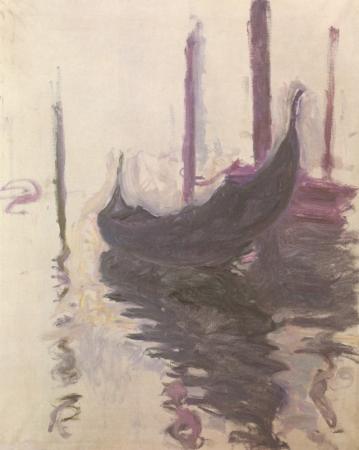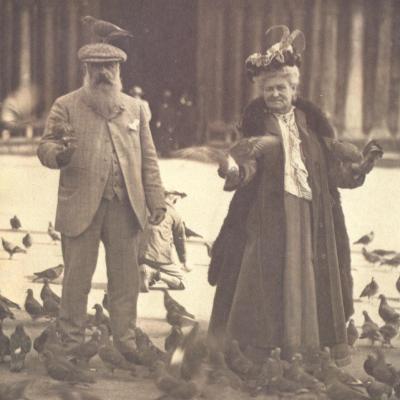| Monet would wait a long time before completing the canvases in his studio.
In fact, he began to touch them up in November 1910. But he never retouched
the last one, the gondola, which he presented his friend Georges Clemenceau.
It is now to be seen in the Museum of Fine Arts in Nantes (France).
Twenty-nine canvases were put on exhibit at Bernheim-Jeune gallery in Paris,
four years after the trip, in 1912. The exhibition was an enormous success,
judging by the beautiful tribute paid by Paul Signac, 23 years younger than
Monet:
"I had the joy of seeing a large part of your newest works. In front of
your "Venice", in front of the admirable interpretation of these motifs I
know so well, I felt an emotion that was as complete and as strong as that
which I felt in 1879, before your "Stations", your "Streets Decked with Flags",
your "Blooming Trees", which motivated my career... A Monet has always moved
me. I always drew a lesson from it, and when I was full of doubt and despondency,
a Monet was served me as a friend and a guide. These "Venice", (...) I admire
them as the highest expression of your art." |

Gondola in Venice
Claude MONET 1908
Musée des Beaux-Arts de Nantes, France |
![]()






